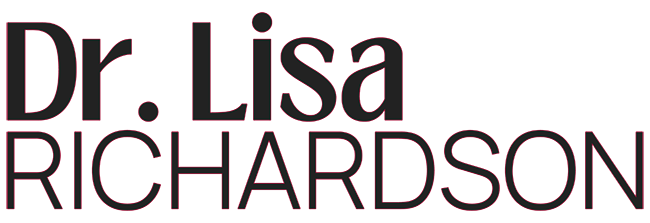Engaged and committed board members are the backbone of any successful organization. When your board members are actively involved, they can provide valuable insights, strategic direction, and oversight to help your organization thrive. However, maintaining high levels of board engagement can be a constant challenge. Disengaged board members can lead to stagnation, progress roadblocks, and even organizational decline.
The Challenges of Board Member Engagement
Keeping board members engaged and motivated can be a complex task. Some common challenges include:
- Competing Priorities: Board members often have busy schedules and multiple commitments, making it difficult for them to dedicate sufficient time and attention to board responsibilities.
- Lack of Clear Roles and Responsibilities: If board members are unsure of their specific roles and how they can contribute, they may feel disconnected from the organization’s goals and activities.
- Ineffective Communication: Poor communication between the board and the organization’s leadership can lead to a disconnect and a lack of understanding about the organization’s needs and priorities. But don’t go overboard – overcommunicating can lead to your messages being ignored completely!
- Insufficient Training and Development: Without adequate training and ongoing support, board members may feel ill-equipped to fulfill their duties effectively.
- Disengagement and Apathy: Over time, board members may become disinterested or disengaged, leading to a lack of participation and a sense of disillusionment.
Strategies to Reinvigorate Board Member Engagement
To address these challenges and reinvigorate your board, consider the following strategies:
Building Strong Relationships with Board Members
Fostering strong relationships with your board members is essential for maintaining engagement. Make an effort to get to know them on a personal level, understand their motivations, and find ways to align their interests with the organization’s goals. Regular one-on-one meetings, social events, and informal conversations can help build trust and camaraderie.
Effective Communication and Collaboration with Board Members
Ensure that your communication with board members is clear, concise, and timely. Provide them with regular updates on the organization’s activities, challenges, and successes. Encourage open dialogue and feedback, and create opportunities for collaboration on key initiatives.
Training and Development for Board Members
Invest in your board members’ professional development. Offer training sessions on topics such as governance, financial oversight, strategic planning, and effective decision-making. Provide resources and support to help them stay informed and equipped to fulfill their duties.
Providing Meaningful Opportunities for Board Member Involvement
Give your board members meaningful ways to contribute to the organization’s success. Assign them to committees or task forces that align with their expertise and interests. Empower them to take on leadership roles within the board. This will help them feel more invested in the organization’s progress.
Recognizing and Celebrating Board Member Contributions
Acknowledge and celebrate the contributions of your board members. This can include formal recognition at board meetings, annual awards, or even simple gestures of appreciation. Highlighting their impact and value can go a long way in keeping them motivated and engaged.
Empowering Board Members to Take on Leadership Roles
Identify and nurture the leadership potential within your board. Encourage board members to take on more significant responsibilities, such as chairing committees or spearheading special projects. This will not only keep them engaged but also help develop a strong pipeline of future board leaders.
Measuring and Evaluating Board Member Engagement
Regularly assess the level of engagement among your board members. This can involve collecting feedback, conducting surveys, or tracking metrics such as meeting attendance, committee participation, and responsiveness to communications. Use this data to identify areas for improvement and adjust your strategies accordingly.
Maintaining a highly engaged and committed board is essential for your organization’s long-term success. Addressing the challenges of board member engagement and implementing targeted strategies creates an environment where your board members feel valued, empowered, and motivated to contribute to your organization’s growth and success.
Ask about the Content, Courses, & Community Cornerstone retreat, where I can help you and your board members reconnect, recharge, and recommit to your organization.

